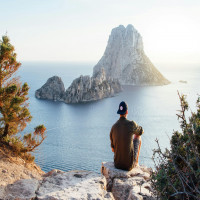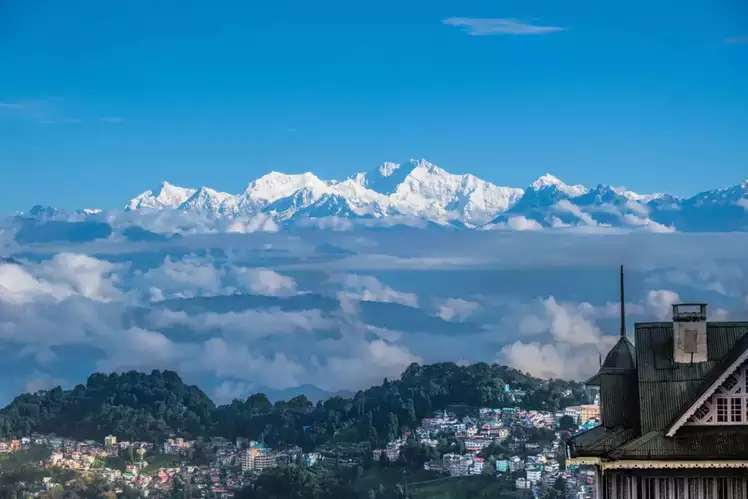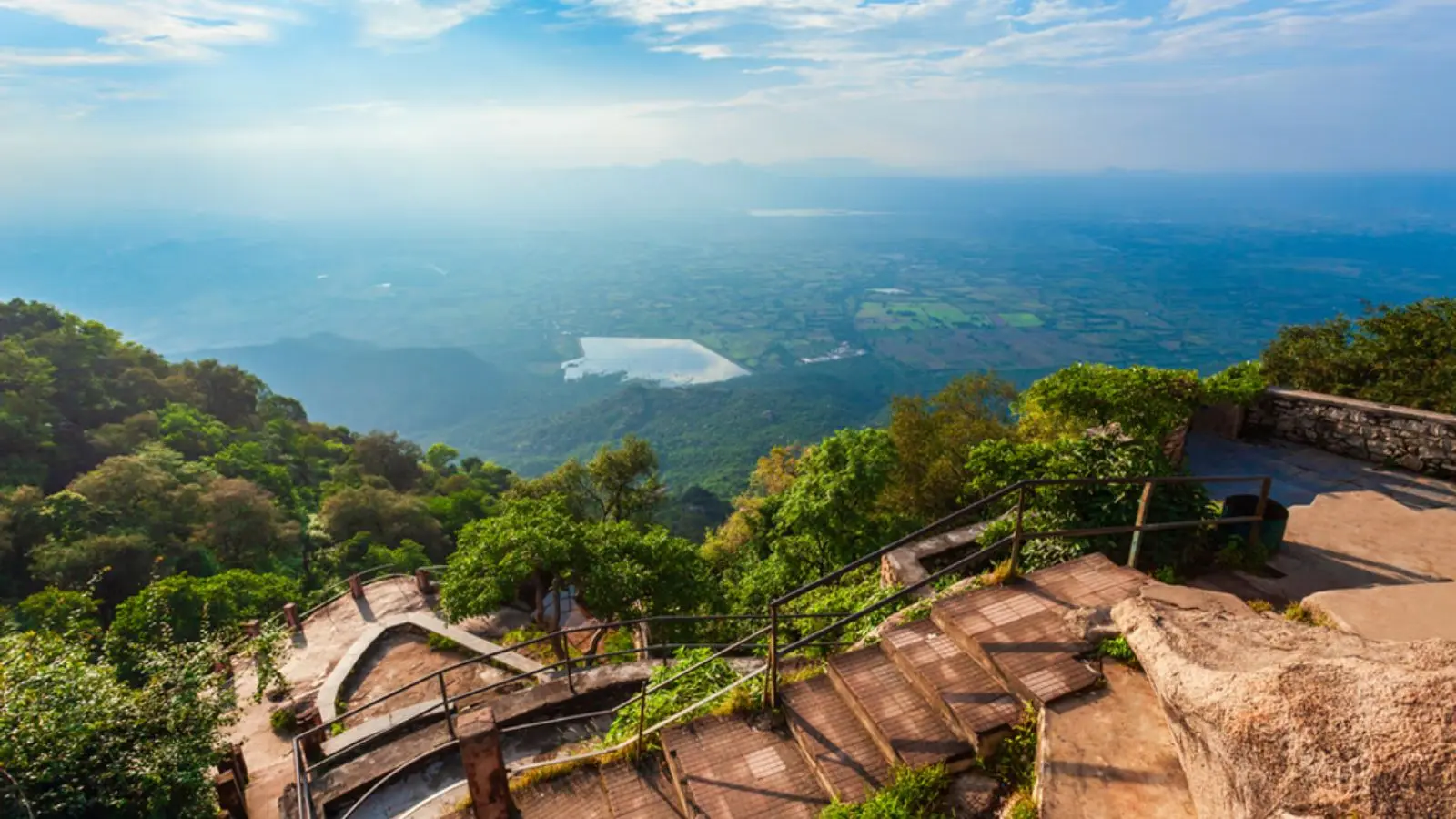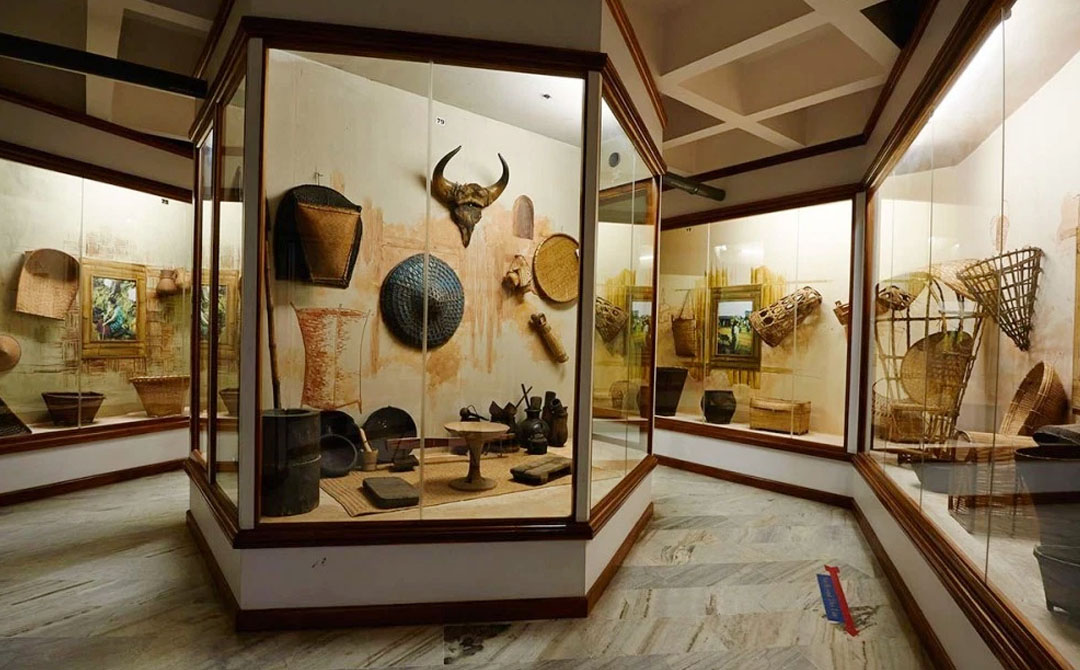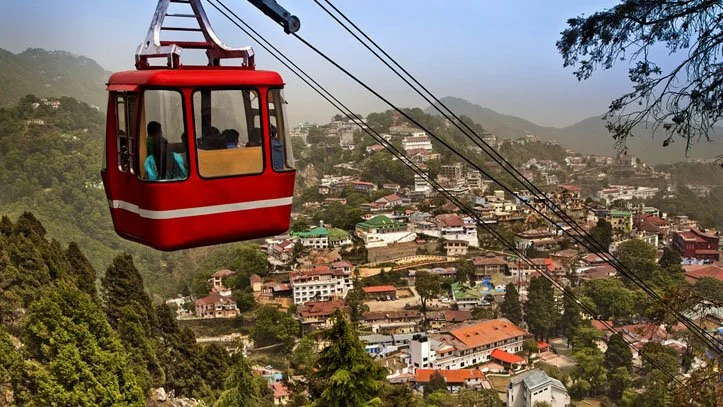Exploring the Rich Heritage of Odisha: A Visit to the Odisha State Museum and Odisha State Tribal Museum in Bhubaneswar

Odisha, known for its ancient temples, classical dance forms, and diverse cultural heritage, offers an abundance of historical sites and museums that showcase its rich past. Among these, the Odisha State Museum and the Odisha State Tribal Museum stand as pillars of the state's cultural and historical legacy. Both museums in Bhubaneswar serve as treasure troves of artefacts, art, and traditions that narrate the fascinating stories of Odisha’s history, art, and indigenous tribes. In this article, we explore these museums in detail, highlighting their significance, collections, and importance for visitors and enthusiasts of history and culture.
Odisha State Museum: A Journey Through History
The Odisha State Museum in Bhubaneswar is one of the oldest and most prominent museums in the state. Established in 1948, the museum houses an extensive collection of archaeological, epigraphical, and numismatic exhibits, among other artefacts. The museum’s primary aim is to preserve and promote Odisha's rich cultural heritage and provide insights into its ancient history.
Museum Structure and Collections
The Odisha State Museum Bhubaneswar is divided into several galleries, each dedicated to specific aspects of Odisha's heritage. These include sections on archaeology, epigraphy, sculptures, coins, and more. Visitors can also find galleries that focus on the state's ancient history, tribal culture, and contemporary art forms.
Archaeology Gallery: This section houses relics from Odisha’s ancient civilization, including inscriptions, pottery, sculptures, and ancient tools. The gallery provides visitors with a glimpse of the state’s historical evolution, dating back to the prehistoric and protohistoric periods. The collection also includes artefacts from the Mauryan, Gupta, and Kalinga empires, which highlight the rich political and cultural history of the region.
Numismatics Gallery: Odisha’s rich history in trade and commerce is evident in the museum's numismatic collection, which features coins from different dynasties, including the Mauryas, Guptas, and local kings. This collection provides valuable insights into the economic history of the region and how currency evolved over centuries.
Sculpture Gallery: Odisha is renowned for its exquisite sculptures, many of which are found in the state’s ancient temples. The sculpture gallery in the Odisha State Museum showcases remarkable stone and bronze sculptures, including depictions of Hindu gods and goddesses, Buddhist art, and Jain sculptures. These sculptures exemplify the fine craftsmanship and artistic skills of the region’s ancient artists.
Tribal Art and Culture Gallery: This section offers an exploration of Odisha's indigenous communities and their diverse cultures. It features various tribal artifacts, including traditional clothing, tools, and artwork. The gallery also highlights the customs, rituals, and daily life of the tribes that have inhabited Odisha for centuries.
Fossil Gallery: This is another highlight of the Odisha State Museum. The fossil gallery showcases prehistoric animal remains, including the fossils of animals that once roamed the lands of Odisha millions of years ago. This section is an educational hub for students and researchers interested in paleontology and the natural history of the region.
Art and Craft Gallery: Odisha has a rich tradition of arts and crafts, and this gallery houses a stunning collection of traditional artworks, including Pattachitra paintings, applique work, and stone carvings. These artistic expressions showcase the state's deep connection to its cultural roots and its thriving artisan community.
Odisha State Tribal Museum: A Celebration of Tribal Culture
The Odisha State Tribal Museum, located in the heart of Bhubaneswar, is a cultural gem dedicated to preserving and celebrating the diverse and unique tribal cultures of the state. Odisha is home to more than 60 tribes, each with its own distinct traditions, languages, art forms, and way of life. The museum offers an in-depth look into the traditions, customs, and rituals of these indigenous communities, making it a must-visit for those interested in anthropology, sociology, and indigenous cultures.
Museum Structure and Exhibits
The Odisha State Tribal Museum is divided into various sections, with each section focusing on a particular tribe or aspect of tribal culture. The museum offers visitors an immersive experience into the tribal way of life, with exhibits featuring their traditional clothing, tools, artefacts, and even models of tribal huts.
Tribal Huts and Models: One of the unique features of the Odisha State Tribal Museum is the collection of life-sized models of tribal huts. These models offer a fascinating glimpse into the traditional architecture and living conditions of Odisha's tribal communities. Each hut represents the specific architectural style of the tribe it belongs to, showcasing how they adapt to the natural environment using locally available materials.
Tribal Attire and Ornaments: The museum displays a wide range of traditional clothing and jewellery worn by different tribal communities of Odisha. From the brightly coloured attire of the Kondh tribe to the elaborate silver ornaments worn by the Saora tribe, the museum’s collection reflects the unique aesthetics of Odisha’s indigenous people.
Tribal Tools and Artifacts: The Odisha State Tribal Museum features an extensive collection of tools and artifacts used by the tribal people for daily tasks, rituals, and ceremonies. These items, such as weapons, agricultural tools, and musical instruments, provide valuable insights into the survival skills, craftsmanship, and artistic talents of Odisha’s tribes.
Tribal Art and Paintings: Odisha’s tribes are known for their distinctive art forms, including the famous Warli and Saora paintings. The museum houses a diverse collection of tribal artwork, which is not only aesthetically appealing but also carries deep cultural significance. Visitors can learn about the various forms of expression that reflect the stories, beliefs, and spirituality of the tribes.
Ethnographic Displays: The museum's ethnographic displays provide an understanding of the lifestyle, festivals, and religious practices of the tribal communities. It highlights how each tribe’s rituals are intertwined with the natural world and how they have preserved their heritage for generations.
Interactive Exhibits: The museum also features interactive exhibits that allow visitors to engage with the tribal culture through audio-visual presentations, workshops, and demonstrations. These hands-on experiences help visitors understand the day-to-day lives of tribal communities in a more engaging way.
The Importance of Both Museums
Both the Odisha State Museum and the Odisha State Tribal Museum play a vital role in preserving the state's rich heritage, fostering understanding, and promoting awareness of Odisha’s diverse cultures. These museums provide an opportunity for both locals and tourists to connect with the region’s history and cultural identity, preserving the stories of both the mainstream and indigenous communities for future generations.
The museums are also essential resources for students, researchers, and anthropologists, offering them an opportunity to study the region’s archaeology, history, art, and anthropology. Visitors from around the world flock to Bhubaneswar to explore these cultural hubs, making them crucial in promoting tourism and educating the public about the importance of cultural preservation.
Visitor Information
Both museums are located in Bhubaneswar, the capital city of Odisha, and are easily accessible by local transportation, including taxis, buses, and auto-rickshaws. The Odisha State Museum is situated in the heart of the city, while the Odisha State Tribal Museum is located in the same vicinity, making it convenient for tourists to visit both museums on the same day.
Entry Fees: The entry fees for both museums are affordable and cater to local and international visitors. The Odisha State Museum and Odisha State Tribal Museum offer discounts for students and group bookings, making it a budget-friendly option for educational tours.
Timings: Both museums are open throughout the week except for government holidays. The general visiting hours are from 10:00 AM to 5:00 PM, giving visitors plenty of time to explore the exhibits. It’s recommended to visit early in the day to avoid large crowds and to make the most of your visit.
Conclusion
A visit to the Odisha State Museum and the Odisha State Tribal Museum in Bhubaneswar offers an enriching experience that allows you to delve into the region’s rich history, diverse tribal cultures, and artistic traditions. These museums are not only cultural hubs but also vital repositories of Odisha’s heritage. Whether you're an avid history buff, an art lover, or simply curious about the traditions of one of India's most culturally rich states, a visit to these museums is a must. Exploring Odisha's past and understanding the lives of its indigenous communities is an experience that will leave a lasting impression.
Note: IndiBlogHub features both user-submitted and editorial content. We do not verify third-party contributions. Read our Disclaimer and Privacy Policyfor details.

